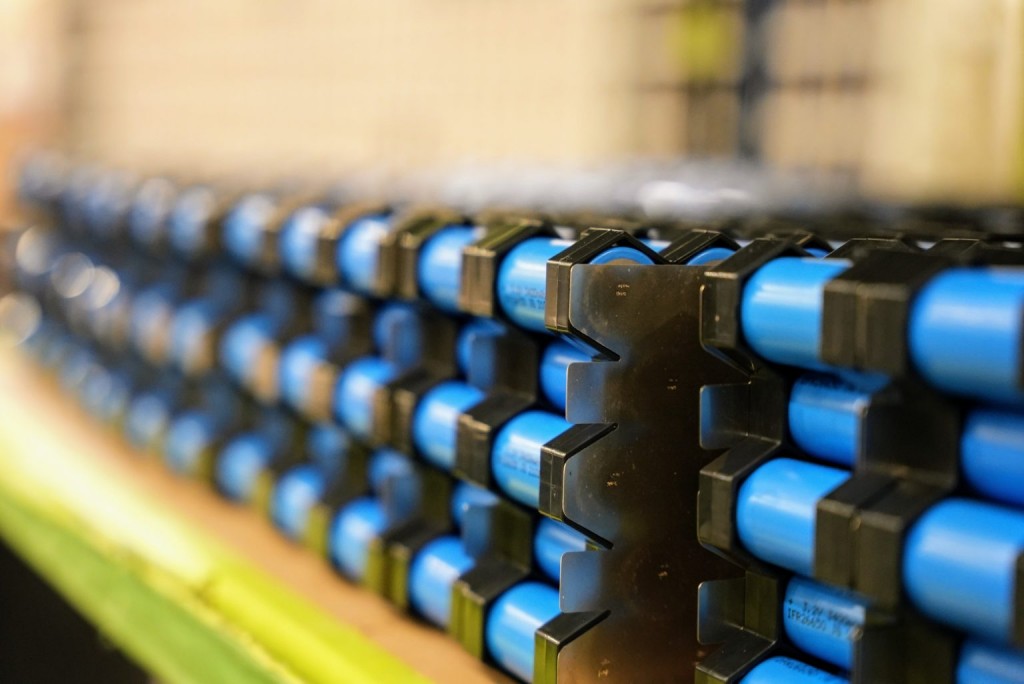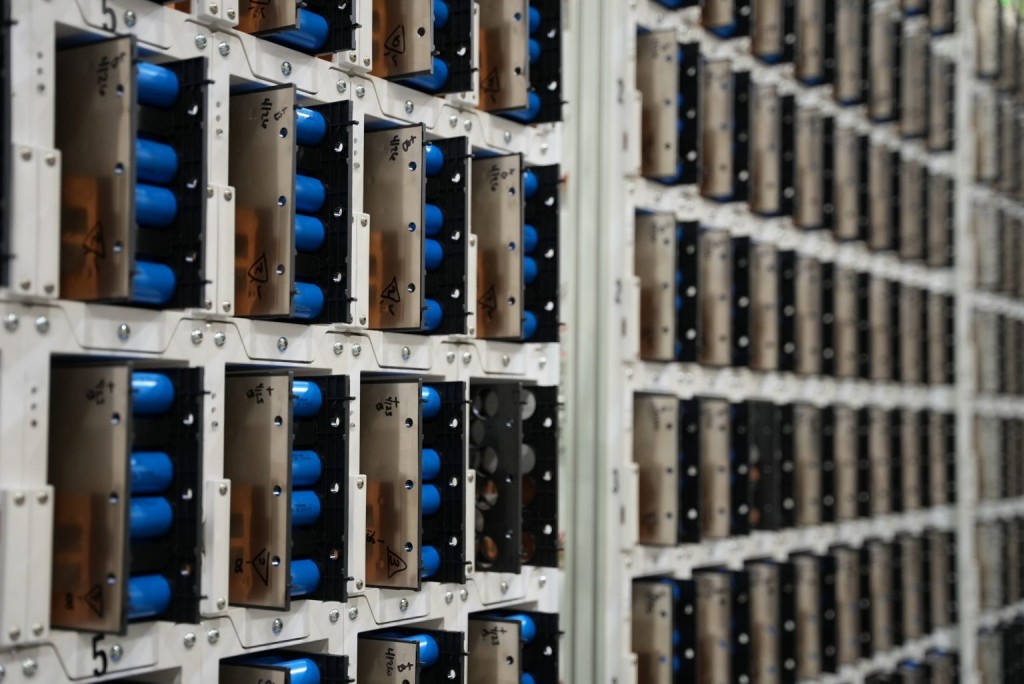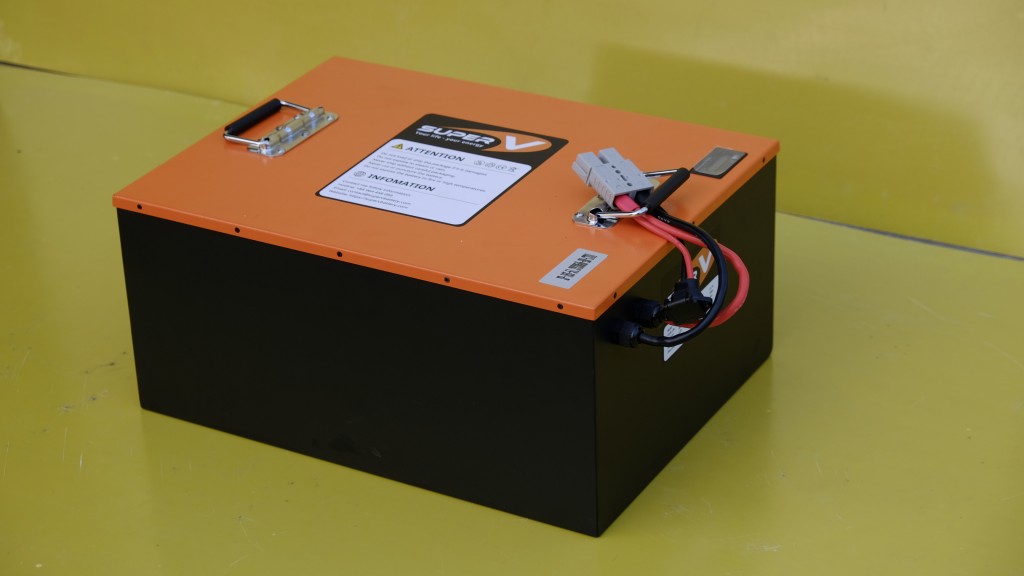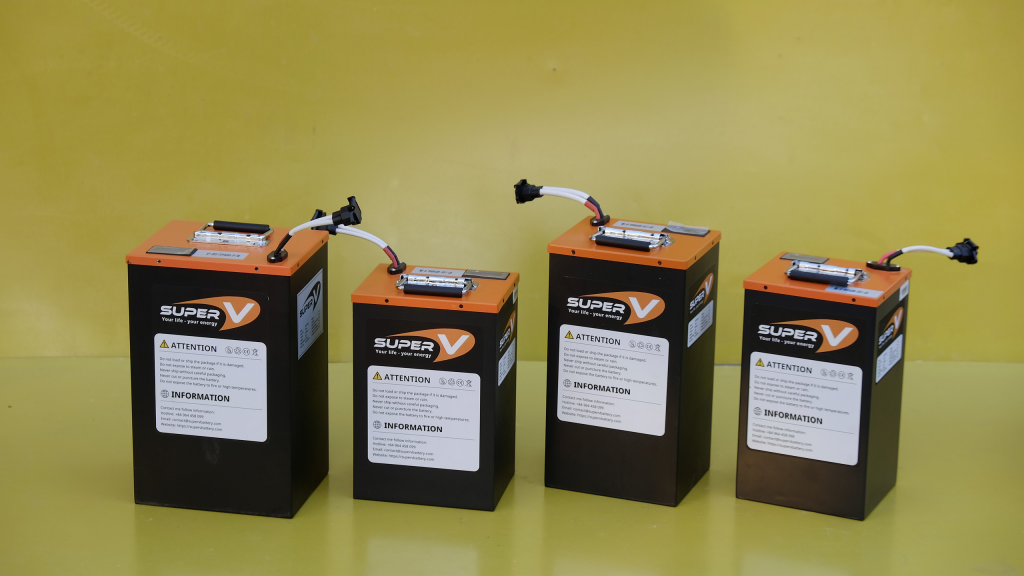You certainly wouldn’t want to find yourself stranded with a dead battery in the middle of nowhere. Whether you’ve owned your deep-cycle battery for an extended period or you’ve just made a recent purchase, understanding its expected lifespan is crucial. Numerous factors influence a battery’s longevity, but before delving into those, let’s first clarify what a battery life cycle entails and how it can be determined.

What Is A Battery Life Cycle?
As a battery undergoes usage and recharging, it gradually loses its ability to return to its original capacity. The battery life cycle refers to the count of charge and discharge cycles it can complete before experiencing performance degradation.
How Do You Calculate Battery Life Cycle?
In practice, upon the initial discharge, a battery may not recharge to its full capacity. However, this doesn’t signify the end of its lifespan.
Manufacturers typically provide specifications regarding acceptable performance levels and capacity reduction before deeming the end of the life cycle. While there isn’t a standardized test, a common rule of thumb is that a battery’s life cycle encompasses the number of cycles achievable before it cannot recharge beyond 80% of its original capacity.
How Is The Depth Of Discharge Determined?
Another aspect to consider is the depth of discharge, which denotes the percentage of the battery’s capacity utilized relative to its total capacity. For instance, a pristine battery rated at 100 Ah discharged to 60 Ah would indicate a 40% depth of discharge for that cycle.
Referring back to our definition of a battery life cycle, we reach the cycle limit if we fail to charge the same battery beyond 80 Ah. Even when fully charged, we initiate with a 20% depth of discharge.
It’s advisable to utilize a battery monitor such as the Victron BMV-700 to ascertain the depth of discharge accurately. To calculate the depth of discharge and remaining battery capacity correctly, inputting the appropriate Peukert constant into the battery monitor is essential.
A comprehensive discussion on the Peukert constant and Peukert’s Law extends beyond the scope of this article. However, in essence, different batteries exhibit distinct discharge capacities based on their discharge rate, a variation accounted for by the Peukert constant.
The Peukert constant is unique to each battery type, enabling the battery monitor to precisely compute the discharge depth. Your battery manufacturer should furnish you with the requisite Peukert constant for your battery.

How Many Cycles Does A Battery Get?
The battery life cycle varies depending on the battery type and its usage pattern.
Lithium-Ion Battery Life Cycle
Super V lithium-ion batteries boast anticipated life cycle ratings ranging between 3,000-5,000 cycles for heavily utilized batteries. Lighter usage can significantly exceed this rating. Manufacturers also stipulate the depth of discharge threshold necessary to achieve their life cycle rating.
Typically, lithium battery manufacturers cap the depth of discharge at 80%. However, some manufacturers, such as Super V and our consumer subsidiary Battle Born Batteries, rate their batteries with a 100% depth of discharge. This implies that you can utilize 100% of the capacity without excessively compromising the battery.
Lithium-ion batteries are less susceptible to environmental and discharge-related factors compared to their lead-acid counterparts, rendering their life cycle estimates more reliable.
Lead-Acid Battery Life Cycle
Various types of lead-acid batteries exhibit differing life cycle expectations. Depending on maintenance practices and battery type, you can anticipate anywhere from a few hundred to up to a thousand charge cycles.
The longevity of lead-acid batteries largely hinges on shallow discharges and proper recharge cycles. Batteries subjected to heavy power demands or deep discharges will experience significantly fewer cycles.
What Reduces Rechargeable Battery Life?
Apart from battery type, several factors influence battery life cycle. Understanding these factors will aid in maximizing battery performance and lifespan.
Temperature
The impact of temperature on battery longevity can be somewhat perplexing. It’s often asserted that higher temperatures enhance battery performance, while colder temperatures diminish it. While this holds true concerning capacity, it differs regarding the life cycle.
Extreme temperatures detrimentally affect lead-acid and lithium batteries’ life spans, although the degradation is more pronounced in lead-acid batteries. The optimal operational temperature for batteries hovers around 25 degrees Celsius or 77 degrees Fahrenheit.
A study revealed that lithium battery performance decreased by approximately 3.3% after the initial 200 cycles at 77 degrees Fahrenheit. At 113 degrees Fahrenheit, performance declined by 6.7% over the same cycle count. Conversely, lead-acid batteries’ life cycles halve with every 15-degree increment above 77 degrees Fahrenheit.
Operating batteries at elevated temperatures is feasible; however, prolonged exposure will curtail battery lifespan.
Excessive Depth of Discharge
The extent of battery discharge during each cycle directly impacts its life cycle. A general guideline for lead-acid batteries suggests that routinely cycling the battery to a 50% depth of discharge (DOD) instead of 80% DOD will double its life cycle. Similarly, cycling to 10% DOD instead of 50% will quintuple the life cycle. While this may not always be feasible, the standard recommendation is to avoid discharging a lead-acid battery below 50% if possible.
Lithium batteries are less susceptible to damage from excessive depth of discharge. Once again, most lithium battery manufacturers advise against discharging below 80% DOD. Super V and Battle Born Batteries rate our batteries at 100% DOD.

Incomplete Recharge Cycle
Fully recharging the battery, rather than partial recharges, is crucial. Allowing the battery to complete the recharge cycle facilitates a conditioning phase, reducing sulfation on the lead plates.
Incomplete charge cycles have a lesser impact on lithium batteries owing to their internal Battery Management System (BMS). Nevertheless, it’s still advisable to fully recharge lithium batteries whenever feasible.
Electrolyte Loss
All deep-cycle batteries contain an electrolyte solution that facilitates internal chemical reactions. In flooded lead-acid batteries, the electrolyte solution may evaporate. Technically, only the water evaporates, leaving behind the electrolyte. However, failure to periodically replenish the battery will result in a significant reduction in battery life.
Lithium batteries and sealed lead-acid batteries also incorporate an electrolyte solution. However, since they are sealed, refilling is unnecessary. Electrolyte loss in lithium batteries is non-existent due to their complete sealing. Sealed lead-acid batteries may emit gas during rapid charging or overcharging, venting via a valve. Even minor electrolyte loss over time can impact cycle life.
Electrode Crystallization
Over time, all batteries experience slight degradation due to chemical changes. Some of these changes manifest as deposits forming on the electrodes. In lead-acid batteries, lead sulfate crystals form, while in lithium-ion batteries, metallic lithium deposits may accumulate.
These alterations diminish the available chemicals for conducting reactions, subsequently impacting internal resistance and potentially causing battery failure when the damage becomes excessive.

How Can You Increase Battery Life?
Understanding how various factors influence battery life cycles elucidates methods for enhancing battery longevity. Adhering to some simple best practices can optimize your battery’s performance, whether it’s a lead-acid or lithium-ion battery.
Whenever feasible, utilize your battery in moderate temperatures, ideally around 77 degrees Fahrenheit, for storage, charging, and discharging.
For lead-acid batteries, minimize discharges below 50% of capacity. Ideally, maintain the depth of discharge per cycle between 10% and 50%.
With lithium batteries, you can typically discharge down to 80% DOD and, in some cases, 100% DOD. Always refer to your battery manufacturer’s recommendations for guidance.
Furthermore, for flooded lead-acid batteries, ensure the electrolyte solution remains topped off. Additionally, charging your battery slowly can help reduce internal resistance and extend battery life.
Learn More About Our Lithium-Ion Battery Technology
Manufacturing lithium-ion battery cells can be a messy and costly endeavor. That’s why we’ve embarked on developing cleaner and more efficient processes for creating lithium-ion batteries. A smaller environmental footprint is always preferable.
Here at Super V, innovation is our constant pursuit. Our results and processes substantiate our claims. No smoke and mirrors – just genuine scientific advancement and forward-thinking technology.
Learn more about our technology here.


